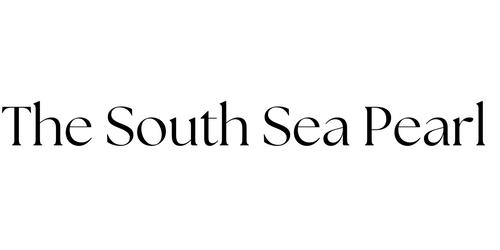Welcome to a world where elegance meets exotic beauty - the world of Tahitian Pearls. Originating from the azure waters of French Polynesia, particularly Tahiti, these pearls have not only captivated jewelry enthusiasts but have also left an indelible mark on the realms of fashion and media.
Блог о жемчужине Южного моря
-
июнь 24, 2024
-
июнь 23, 2024
Guide to Identifying Real Tahitian Pearls from Fakes: Expert Tips for Buyers
When it comes to exquisite jewelry, Tahitian pearls stand out as one of the most coveted treasures in the world. Originating from the azure waters of French Polynesia, these lustrous gems are renowned for their rich, dark colors and stunning luster. However, with the rising popularity of Tahitian pearls, the market has seen an increase in counterfeit products. As a buyer, it's essential to learn how to distinguish real Tahitian pearls from fakes. In this guide, we'll delve into the key characteristics that set authentic Tahitian pearls apart from their imitations.
-
июнь 22, 2024
Accessorizing with Tahitian Pearls: Tips and Tricks for Every Outfit
Welcome to The South Sea Pearl, your go-to destination for exquisite Tahitian pearls from the stunning French Polynesia. Tahitian pearls, also known as Tahiti pearls or black Tahitian pearls, are renowned for their enchanting beauty and luxurious appeal. In this blog post, we will explore the art of accessorizing with Tahitian pearls and provide you with valuable tips and tricks to elevate every outfit effortlessly.
-
июнь 21, 2024
Tahitian Pearls: The Sustainable and Environmentally-Friendly Choice
When it comes to elegance and sustainability in jewelry, Tahitian pearls are a top choice. These exquisite gems, also known as Tahiti black pearls, are cultivated in the pristine waters of French Polynesia. Not only are Tahitian pearls a symbol of luxury, but they also stand out for their eco-friendly cultivation practices.




